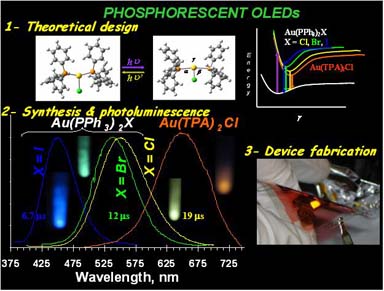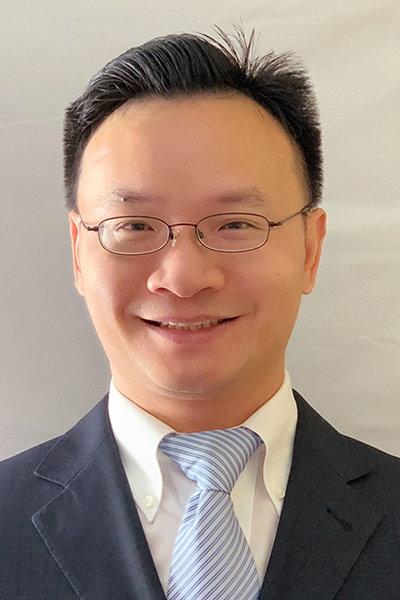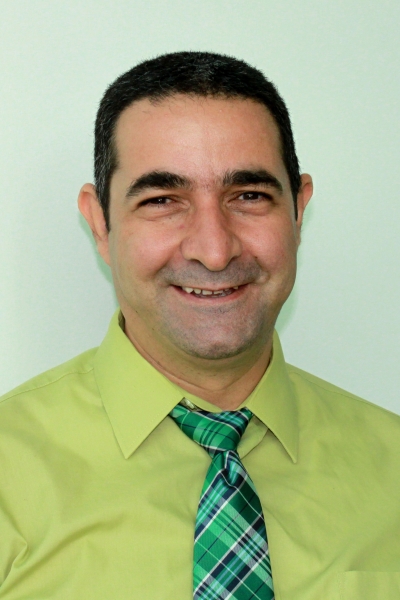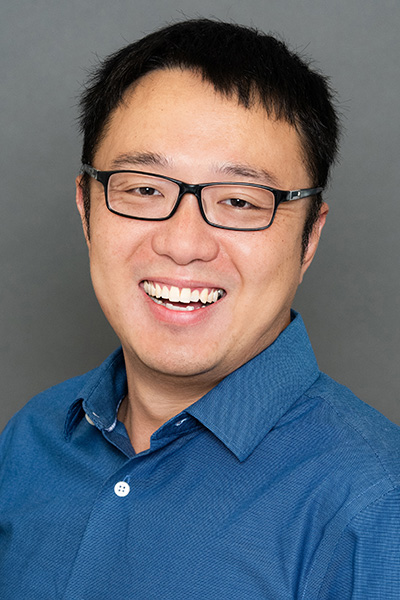Our Inorganic chemistry faculty members carry out experimental and computational research
in a variety of topics that include photoinduced Jahn-Teller effects, electron transfer,
metal-metal bonding, and homogeneous and heterogeneous catalysis. The department possesses
state-of-the-art facilities for structural determination including a new dual source
Mo/Cu single crystal X-ray diffractometer, multinuclear NMR spectrometers, and mass
spectrometric facilities.
In addition, inorganic faculty members are active participants in Materials Chemistry research.
Thomas Cundari, Ph.D.
Development and application of high-accuracy methods for modeling of transition metals.
Application of theory to the rational design of metal-based catalysts, sensors, optics
and materials. Chemistry of the copper- and zinc-triads. Multiple bonding involving
the transition metals and heavier main group elements.
Shengqian Ma, Ph.D.
Employing coordination-driven assembly to construct metal-organic frameworks (MOFs)
with tailored functionalities and developing new methodologies to encapsulate functionalized
species into the nanospace of MOFs for applications in small molecule activation,
CO2 chemical transformation, and solid acid catalysts for heterogeneous catalysis
as well as controlled drug delivery, bio-sensing, and therapeutics.
Mohammad Omary, Ph.D.
Fundamental spectroscopic and structural studies of luminescent transition metal and
lanthanide complexes. Molecular electronic devices. Metal-organic framework for adsorption
of hydrogen and other gases.
LeGrande Slaughter, Ph.D.
Inorganic and organometallic synthesis applied to the design of catalysts and novel
materials. Homogeneous catalysis of organic reactions of medicinal or industrial importance.
Nanostructured organometallic catalysts.
Hao Yan, Ph.D.
Dr. Yan's group seeks novel physical approaches to address fundamental questions in
chemistry and materials science. We are particularly interested in elucidating structure-property
relationships under extreme mechanical environments such as high hydrostatic pressure
(HHP), and applying such knowledge to the design of functional systems with broad-range
impacts in catalysis, energy conversion and quantum information science.
An example of the integrative computational/synthetic/materials research aspects carried
out by the UNT inorganic groups is shown here.






